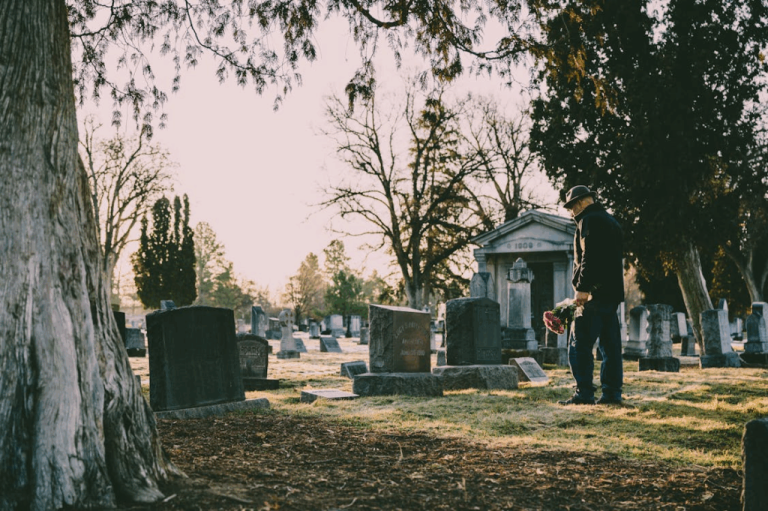The Hidden Risks of Showering at the Wrong Time — W
Why Shower Timing Matters—Especially After 60
Showering seems harmless, but for older adults, timing can impact heart health, blood pressure, and safety. “Choosing the wrong time to shower could quietly increase your risk of heart problems, falls, and even life-threatening events.” As we age, our bodies become more sensitive to temperature shifts and blood pressure changes, especially for those with heart disease, diabetes, or balance issues.
When Not to Shower
Two high-risk times to avoid showering are:
1. Right After Waking Up:
Your blood pressure is lowest in the morning. Hot showers can cause “sudden drops in blood pressure,” leading to dizziness or fainting.
What to do: Wait 30–45 minutes after waking, hydrate, and stretch before showering.
2. Immediately After Eating:
Digestion requires increased blood flow. Showering right after a meal can cause “nausea, dizziness, sudden fatigue,” and blood pressure drops.
What to do: Wait 40–60 minutes after eating.
What Could Go Wrong
Showering at the wrong time can lead to fainting, falls, or even cardiac events. “Bathroom injuries are one of the top reasons for emergency room visits in seniors.” Hot or cold water can trigger spasms or stress the heart, especially in those on circulation-affecting medications.
Safe Showering Tips and Ideal Times
Best times to shower: Mid-morning (9–11 a.m.) or mid-afternoon (3–5 p.m.), when the body is most stable.
Safety tips:
- Use warm water
- Install grab bars
- Place non-slip mats
- Drink water before and after
- Ventilate the bathroom
- Avoid showering alone if you’re at risk





